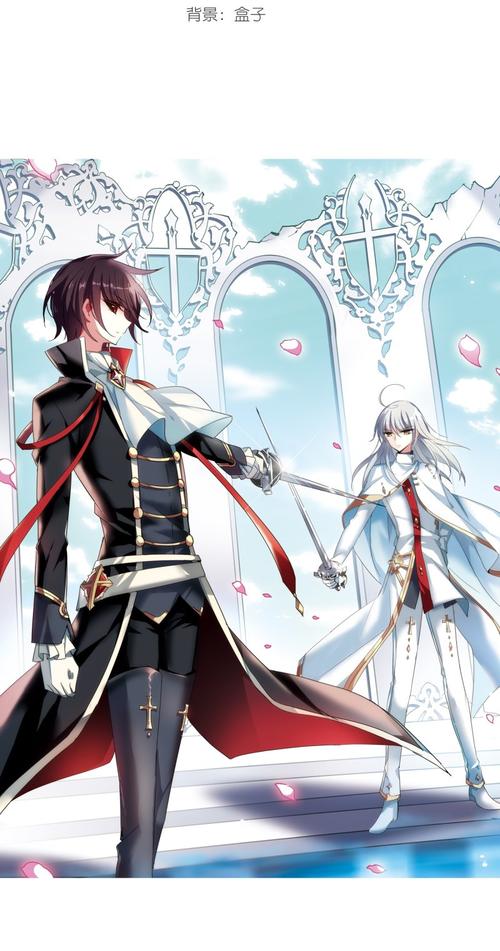Exploring Death Court Comics: A Profound Journey into the Afterlife
Death Court Comics, often abbreviated as DCC, is a unique genre in the realm of graphic novels, delving deep into the concept of the afterlife and the judicial processes that may occur therein. This fascinating genre combines elements of fantasy, philosophy, and supernatural intrigue to explore complex questions about life, death, morality, and justice.
At the heart of Death Court Comics lies the central premise of a judicial system operating in the afterlife. In these comics, characters who have passed away find themselves subjected to trials, hearings, and verdicts in a realm beyond the mortal realm. This concept opens up a wealth of storytelling possibilities, allowing creators to explore themes such as redemption, karma, and the nature of existence.
Death Court Comics often tackle a variety of themes, including:
- Morality and Ethics: Characters are often judged based on their actions and decisions in life, leading to introspection and moral dilemmas.
- Justice and Redemption: The concept of justice in the afterlife raises questions about forgiveness, redemption, and the possibility of atonement.
- Metaphysical Exploration: Creators use the setting of the afterlife to delve into metaphysical questions about the nature of reality, consciousness, and the soul.
- Existentialism: Characters confront existential questions about the meaning of life and the inevitability of death, leading to profound moments of reflection.
- Supernatural Elements: Death Court Comics often feature supernatural beings, realms, and phenomena, adding an extra layer of mystery and intrigue to the narrative.
The artistic style of Death Court Comics can vary widely depending on the creators and the specific story being told. However, there are some common visual motifs that often appear:
- Gothic Aesthetics: Many Death Court Comics feature dark, atmospheric artwork reminiscent of Gothic architecture and imagery.
- Surreal Landscapes: The afterlife is often depicted as a surreal realm with fantastical landscapes, strange creatures, and otherworldly phenomena.
- Symbolism: Artists often use symbolism to convey deeper meaning, with recurring motifs such as scales of justice, angelic or demonic imagery, and representations of the soul.
- Dynamic Paneling: To convey the otherworldly nature of the afterlife, artists may experiment with unconventional panel layouts and visual storytelling techniques.

If you're interested in exploring Death Court Comics, here are a few recommendations to get you started:
Death Court Comics offer readers a thoughtprovoking and visually stunning exploration of life, death, and the afterlife. Through rich storytelling, complex characters, and breathtaking artwork, these comics invite us to contemplate the mysteries of existence and the choices that shape our destinies.
